
The Central Highlands Gong Cultural Space spans across five provinces in the Central Highlands, namely Kon Tum, Gia Lai, Dak Lak, Dak Nong, and Lam Dong. The host community has more than ten ethnic groups living here for a long time, such as Bana, Xo Dang, Giarai, Ede, Mnong, Coho, Ma, etc.

According to the concept of the Central Highlands people, gongs are sacred objects, and they believe that behind each gong, there is a god residing. As a sacred object, the sound of gongs is also sacred and people use these musical instruments as a "language" to dialogue, express their thoughts and wishes to the gods.

In the past, gongs were mainly used in ceremonies such as naming ceremonies, wedding ceremonies, new village building ceremonies, new communal house building ceremonies, health ceremonies, land selection ceremonies, clearing fields, sowing... Gongs were used most and most concentratedly in buffalo feeding ceremonies and funerals. Each ceremony usually has its own gong melody.

Gongs are also associated with family and community cultural activities in some ethnic groups. Gong music is always associated with ritual dances, and each ethnic group, each community, each village has its own dances. Today, gongs are also used in everyday cultural activities.

Over time, gongs have become sacred symbols, playing an important role in the lives of ethnic minorities in the Central Highlands. Every year, the Central Highlands provinces organize gong festivals, where people can interact and perform gongs together, and where tourists can enjoy the powerful, heroic, and passionate gong melodies.
Heritage Magazine


![[Photo] National Assembly Chairman Tran Thanh Man meets with Ethiopian Prime Minister Abiy Ahmed Ali](https://vstatic.vietnam.vn/vietnam/resource/IMAGE/2025/4/16/c196dbc1755d46e4ae7b506c5c15be55)
![[Photo] President Luong Cuong receives Ethiopian Prime Minister Abiy Ahmed Ali](https://vstatic.vietnam.vn/vietnam/resource/IMAGE/2025/4/16/504685cac833417284c88a786739119c)
![[Photo] Opening of the 4th Summit of the Partnership for Green Growth and the Global Goals](https://vstatic.vietnam.vn/vietnam/resource/IMAGE/2025/4/16/488550ff07ce4cd9b68a2a9572a6e035)
![[Photo] President Luong Cuong meets 100 typical examples of the Deeds of Kindness Program](https://vstatic.vietnam.vn/vietnam/resource/IMAGE/2025/4/16/ce8300edfa7e4afbb3d6da8f2172d580)
![[Photo] Many practical activities of the 9th Vietnam-China border defense friendship exchange](https://vstatic.vietnam.vn/vietnam/resource/IMAGE/2025/4/16/3016ed3ef51049219574230056ddb741)
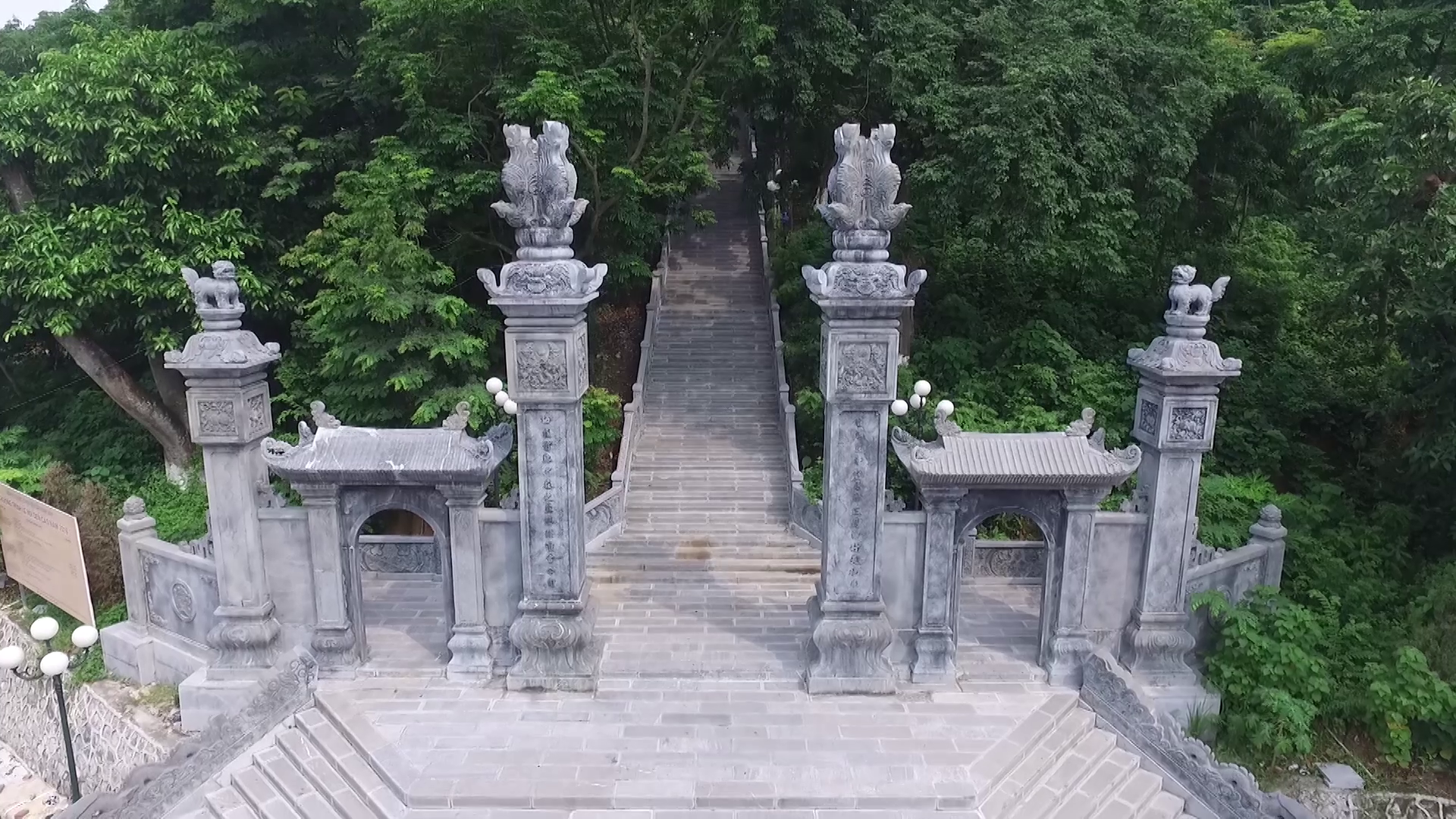

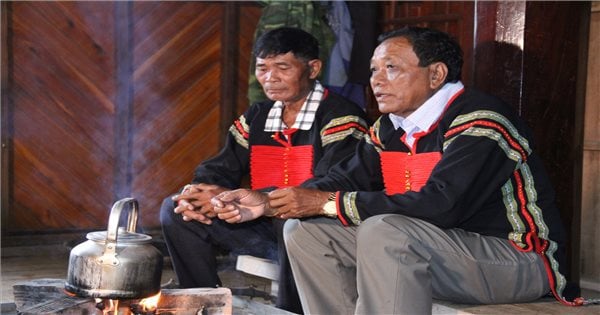

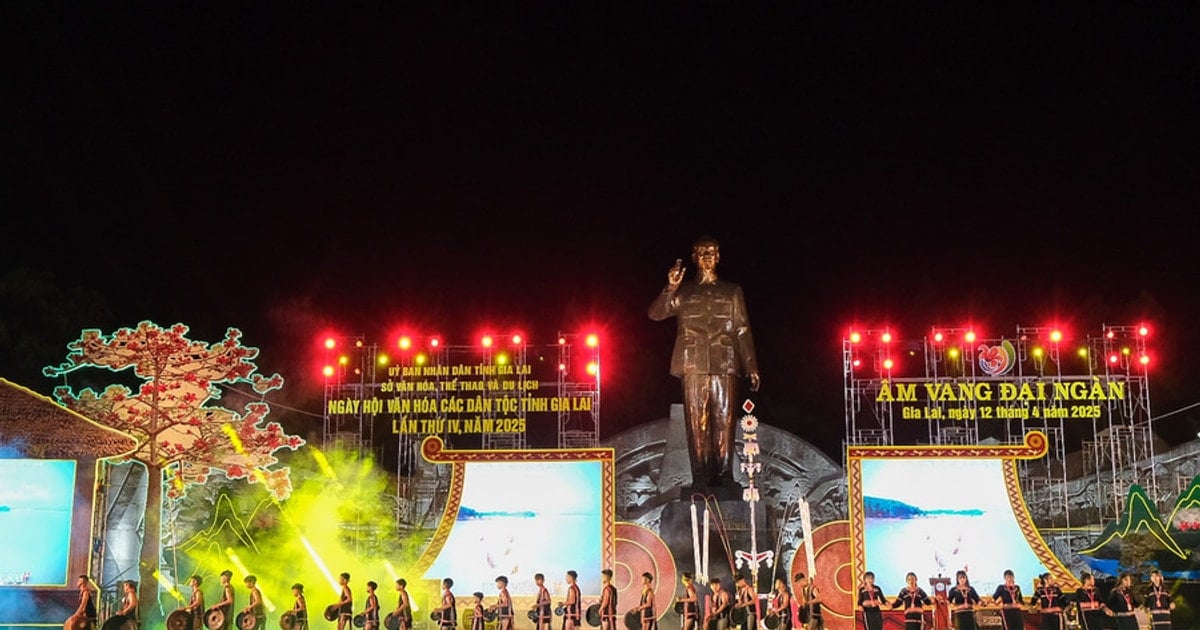
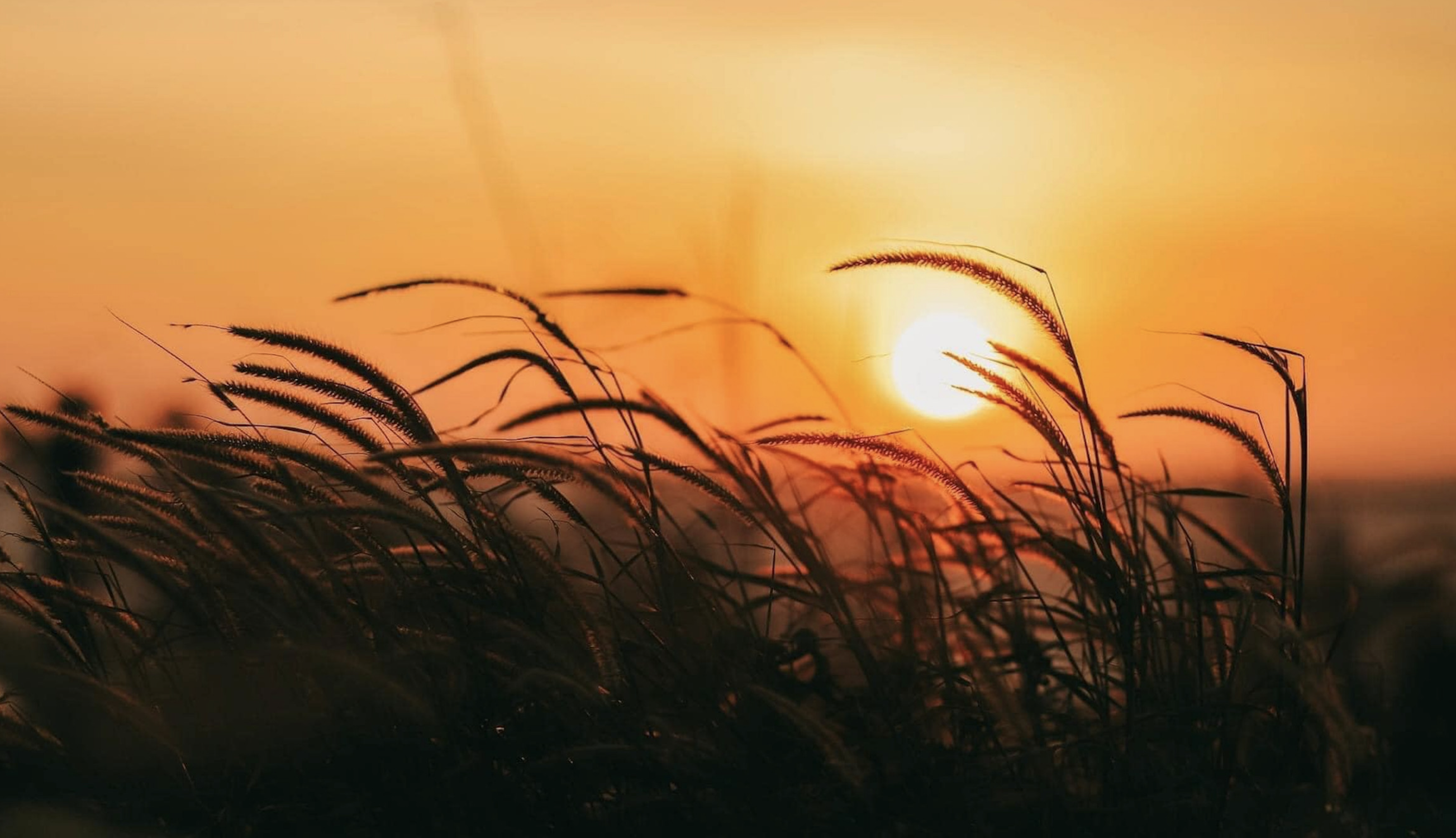



![[Photo] Opening of the Exhibition on Green Growth](https://vstatic.vietnam.vn/vietnam/resource/IMAGE/2025/4/16/253372a4bb6e4138b6f308bc5c63fd51)
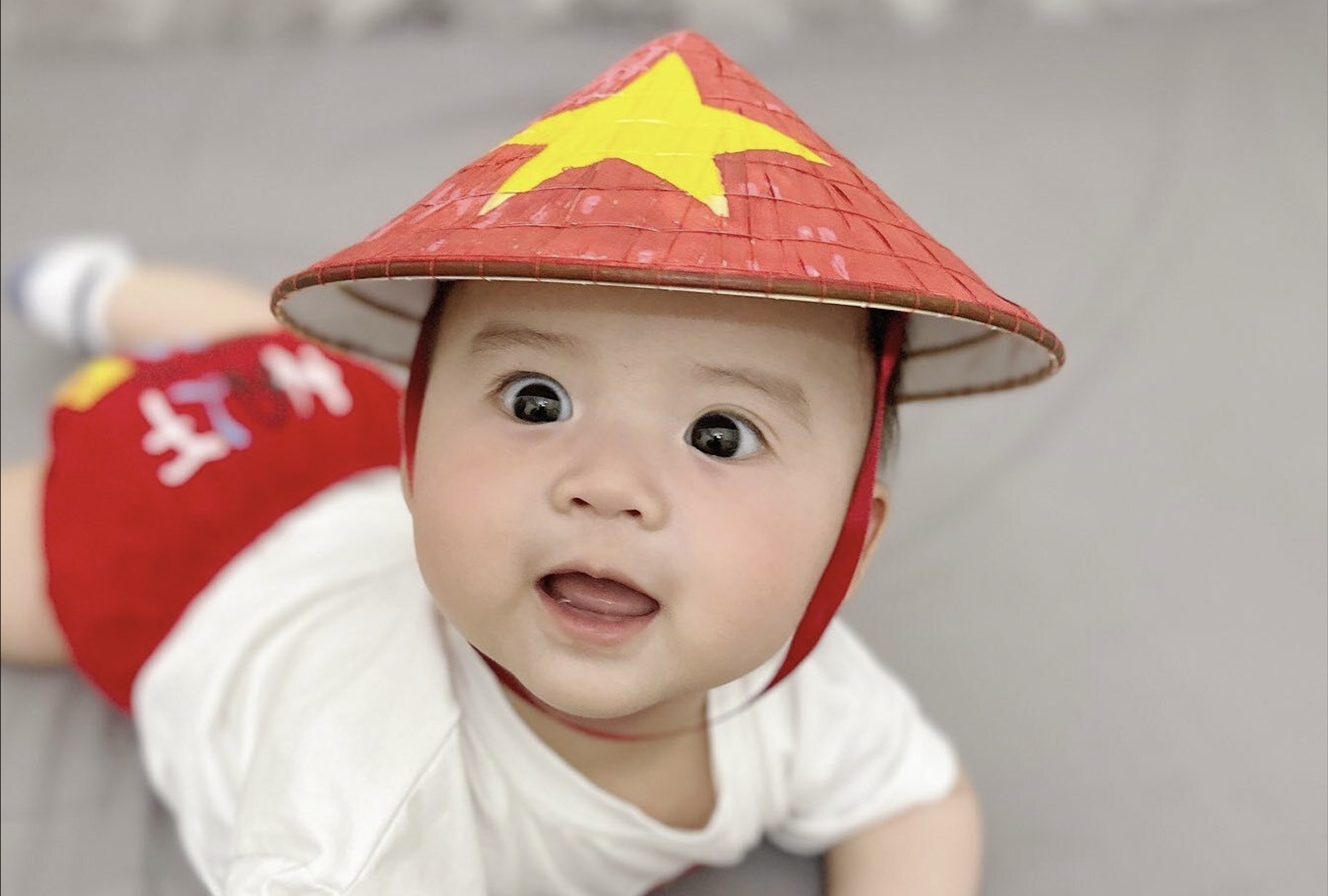






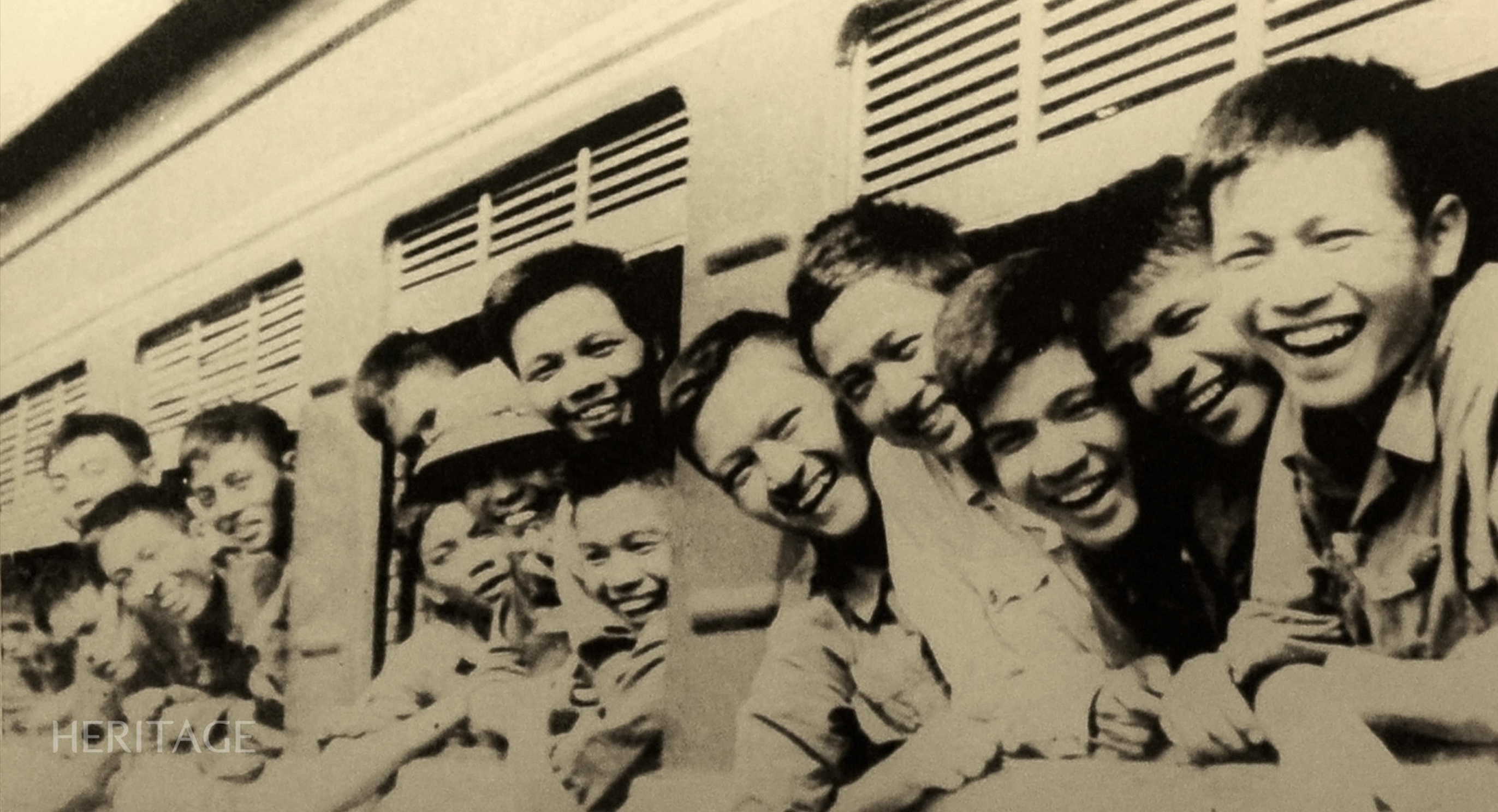

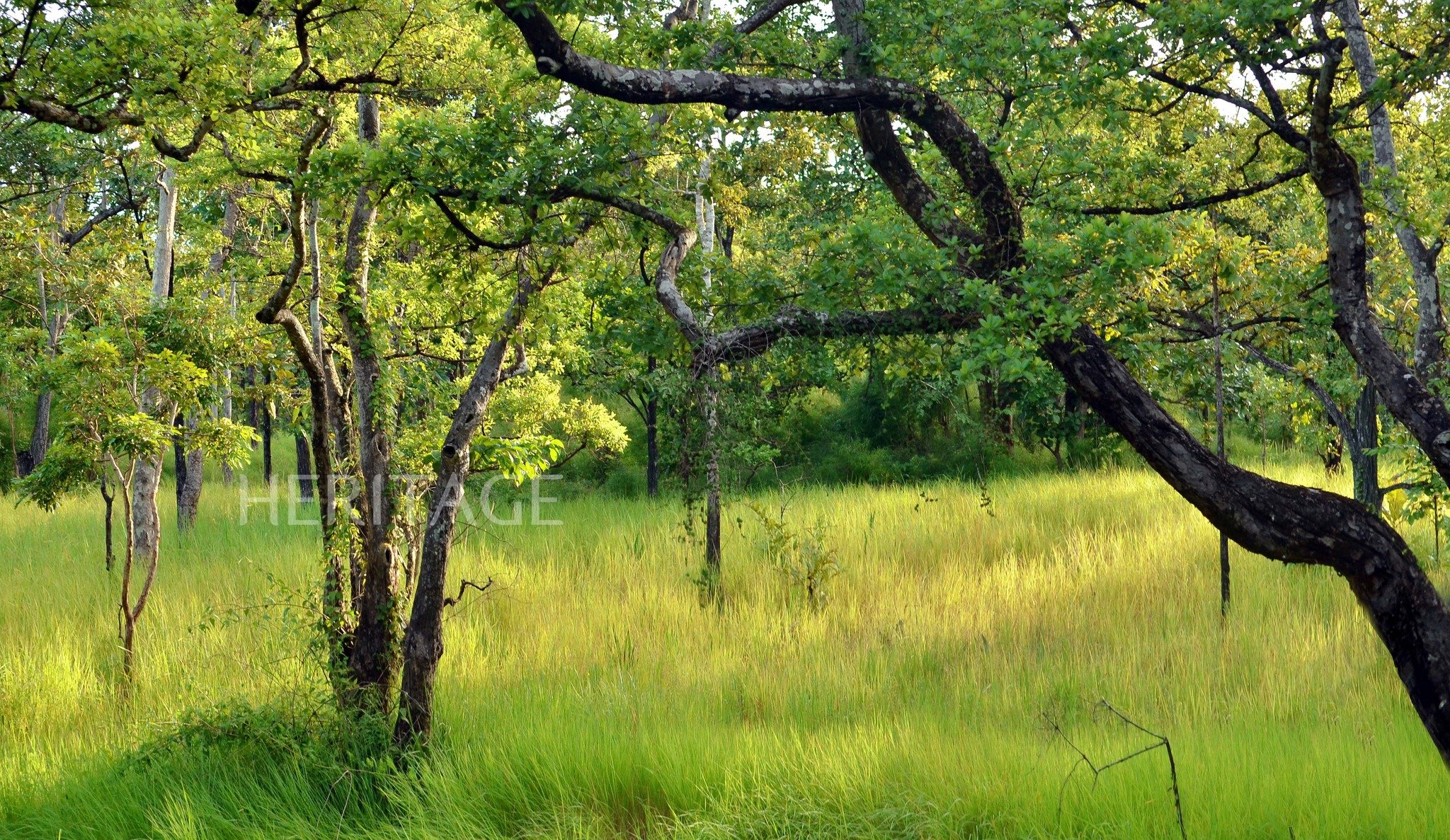

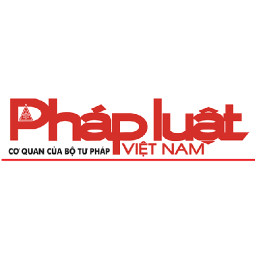
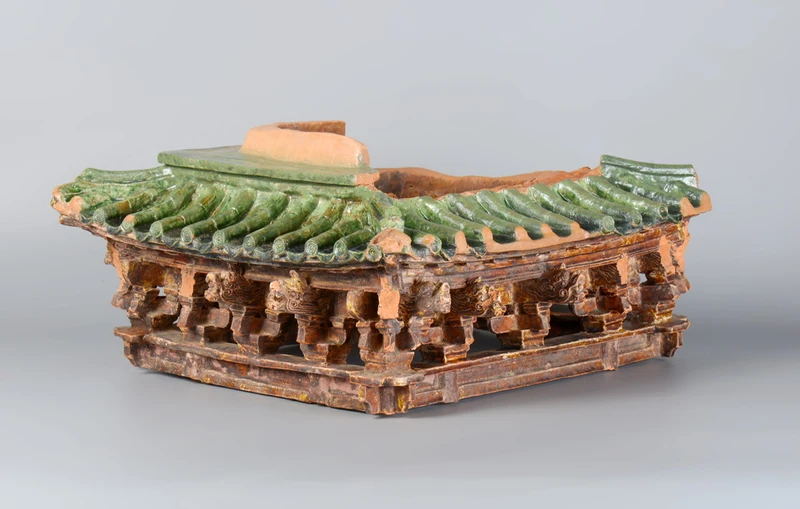

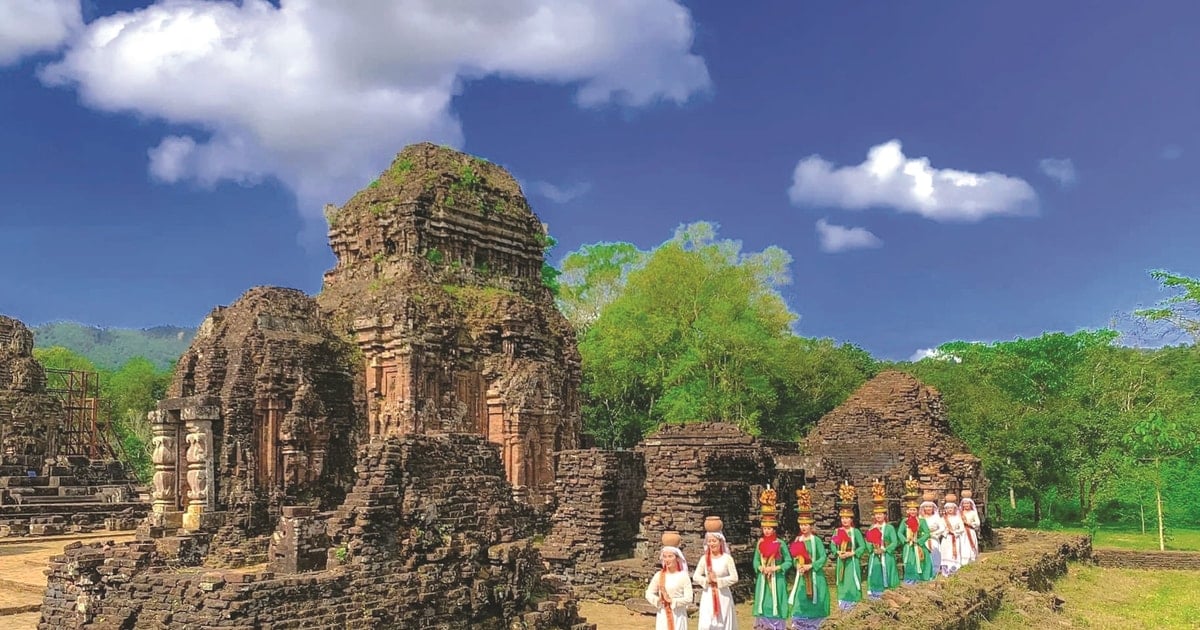

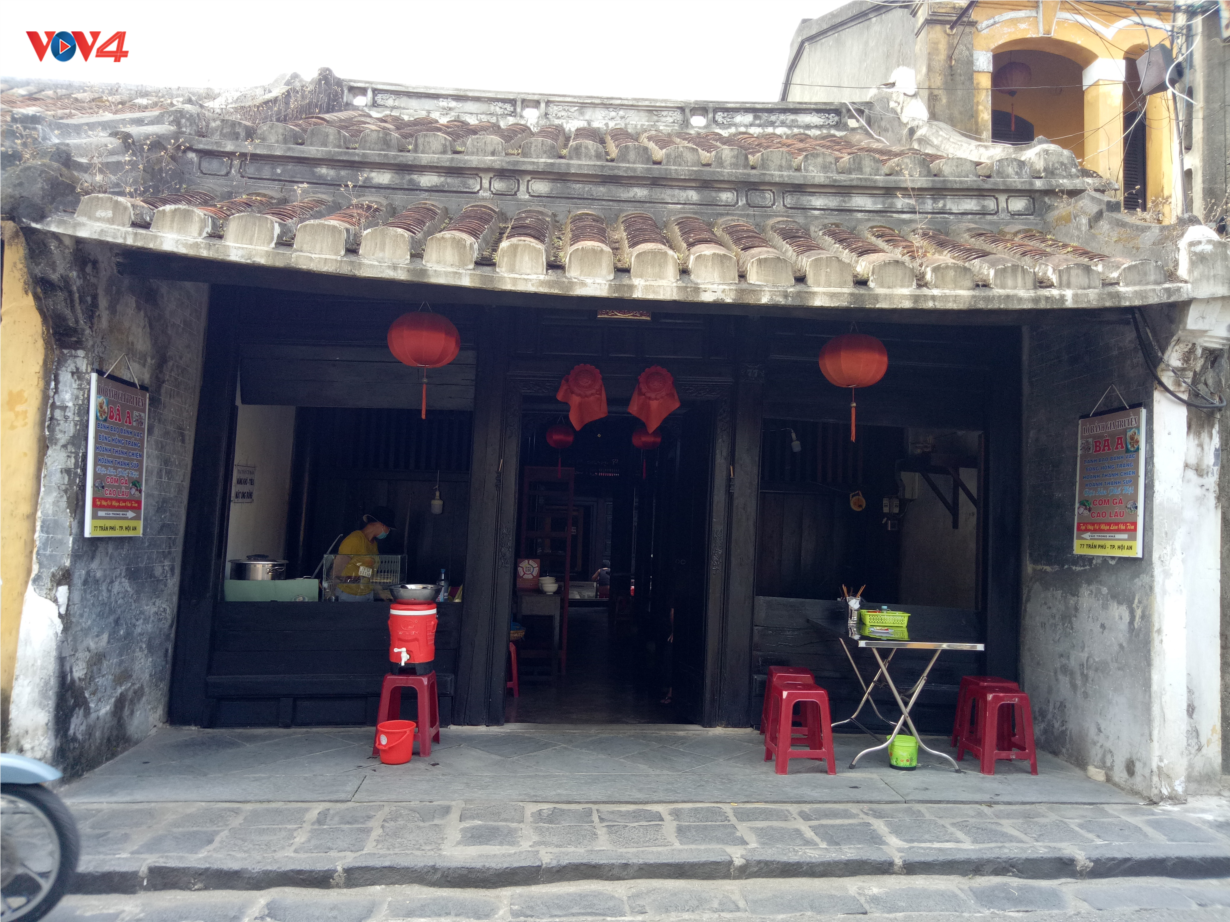

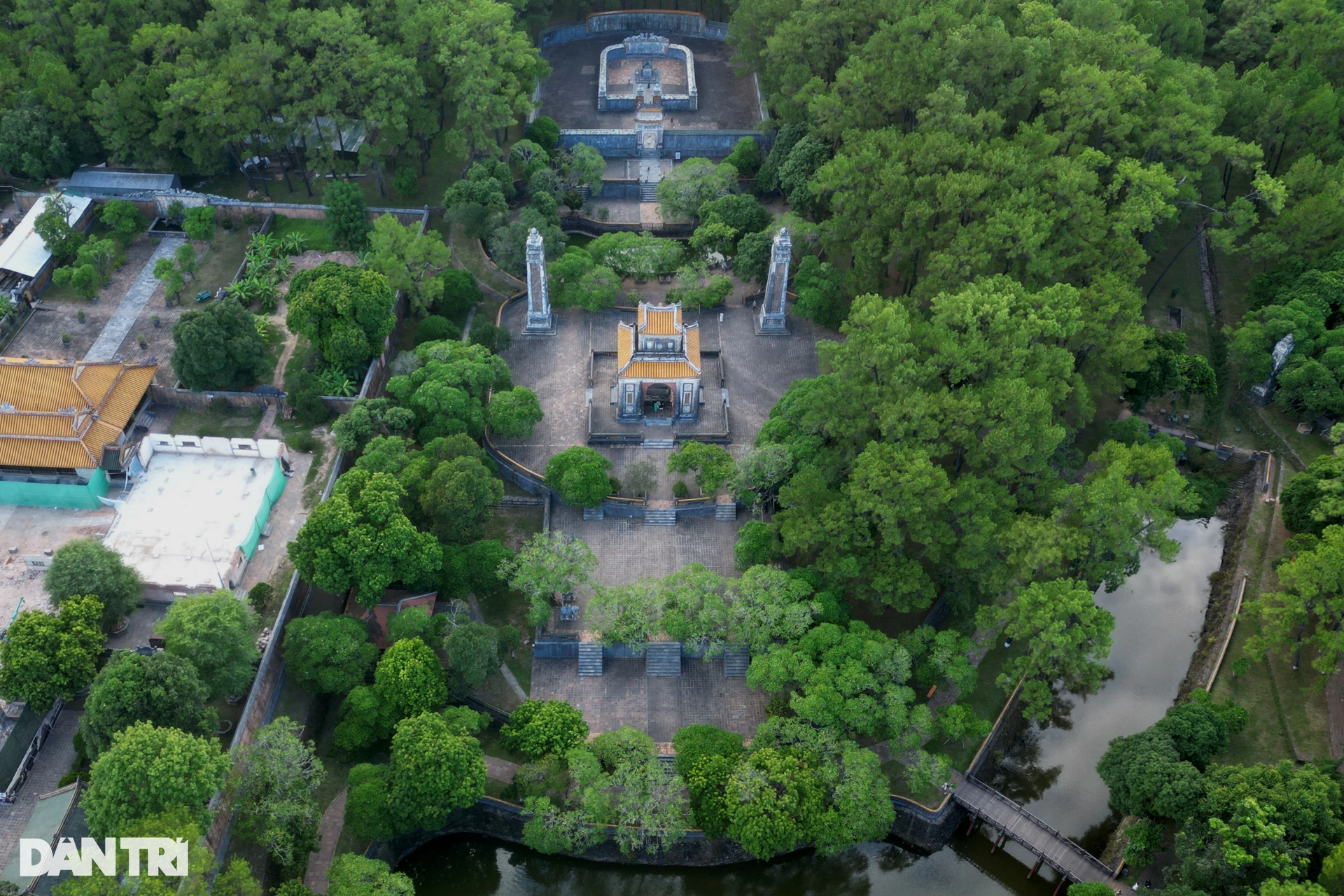

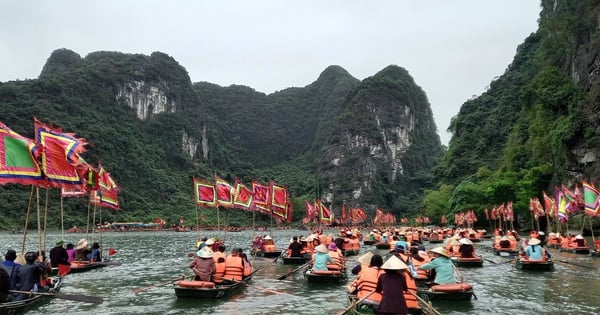





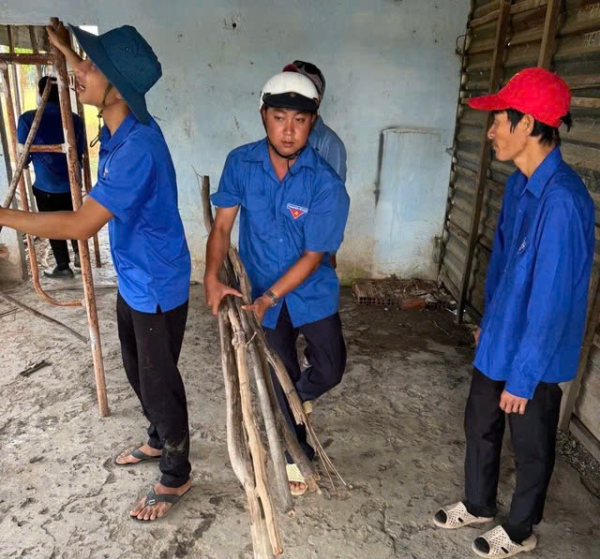

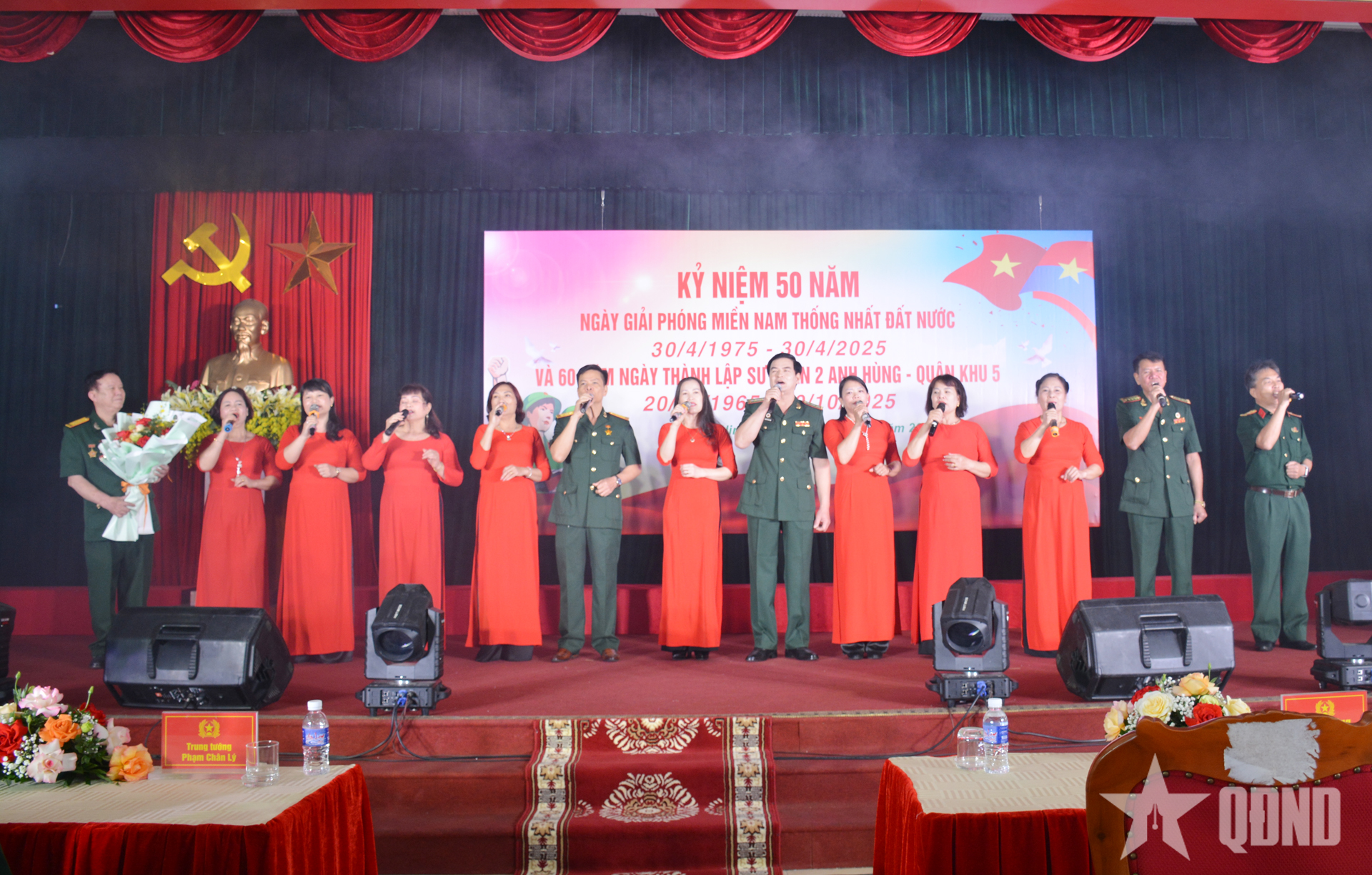

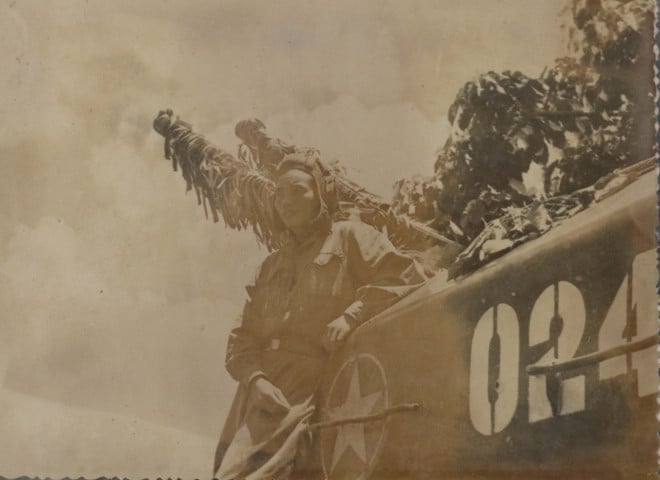
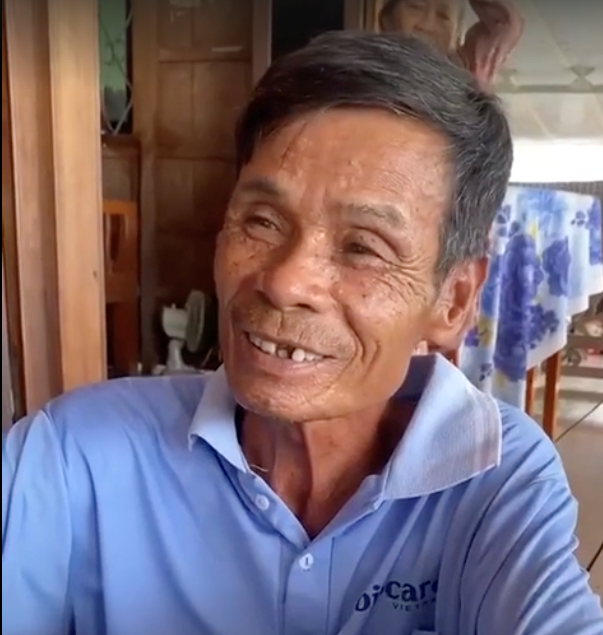


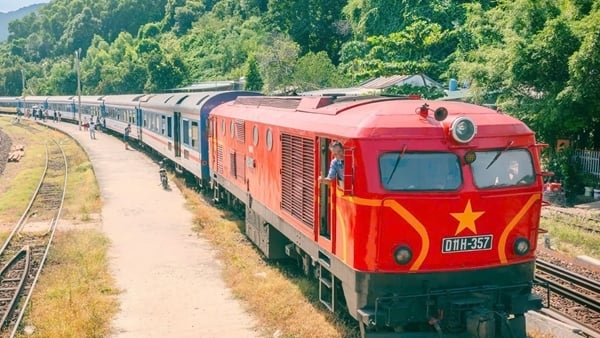






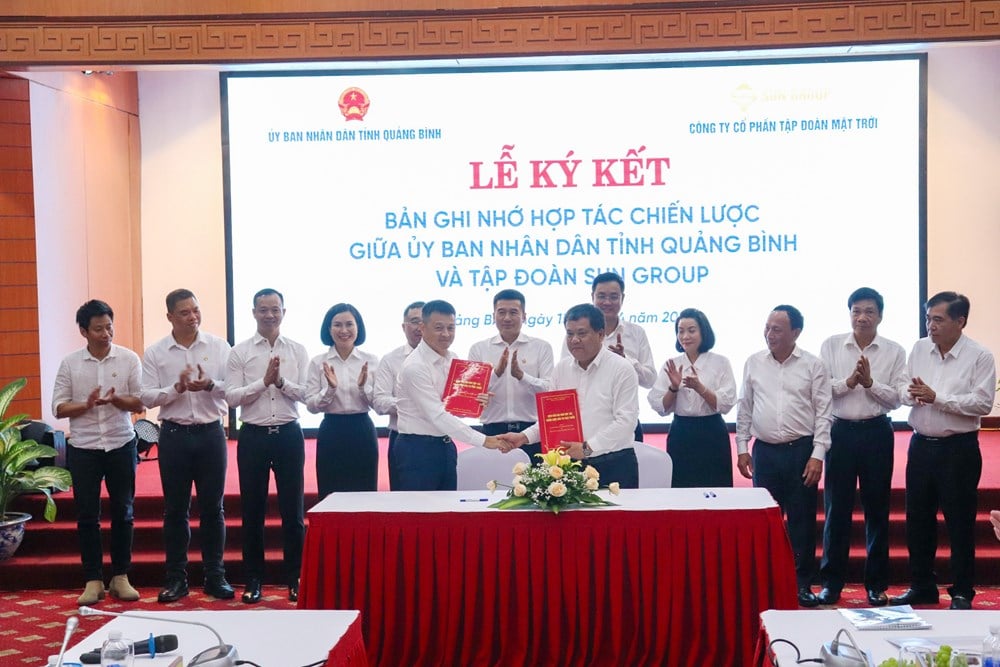

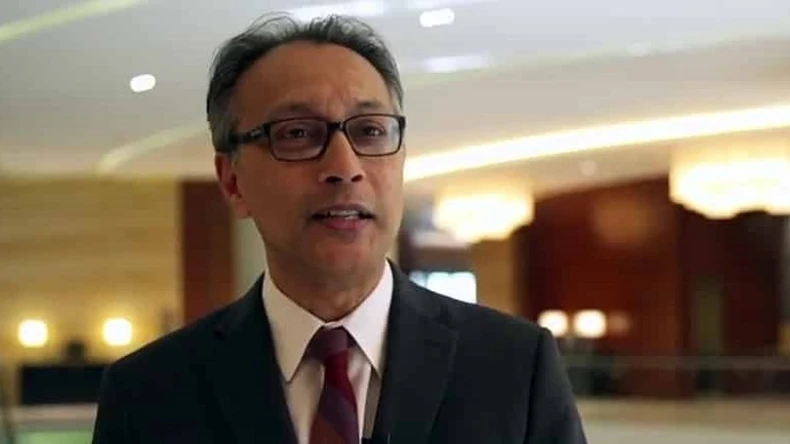
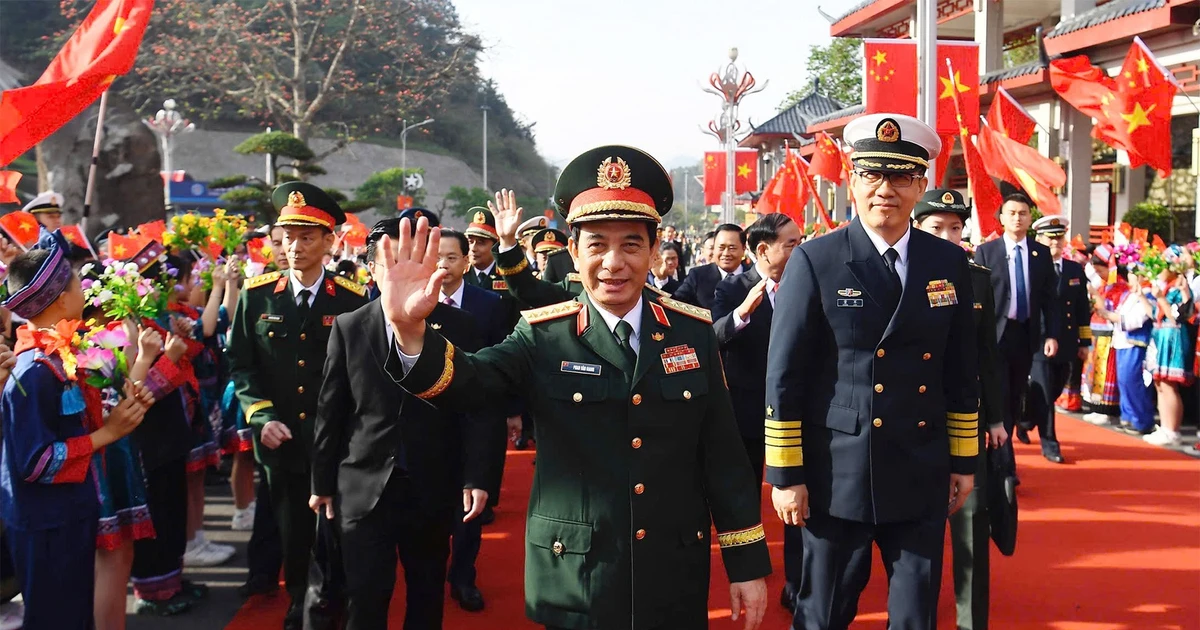



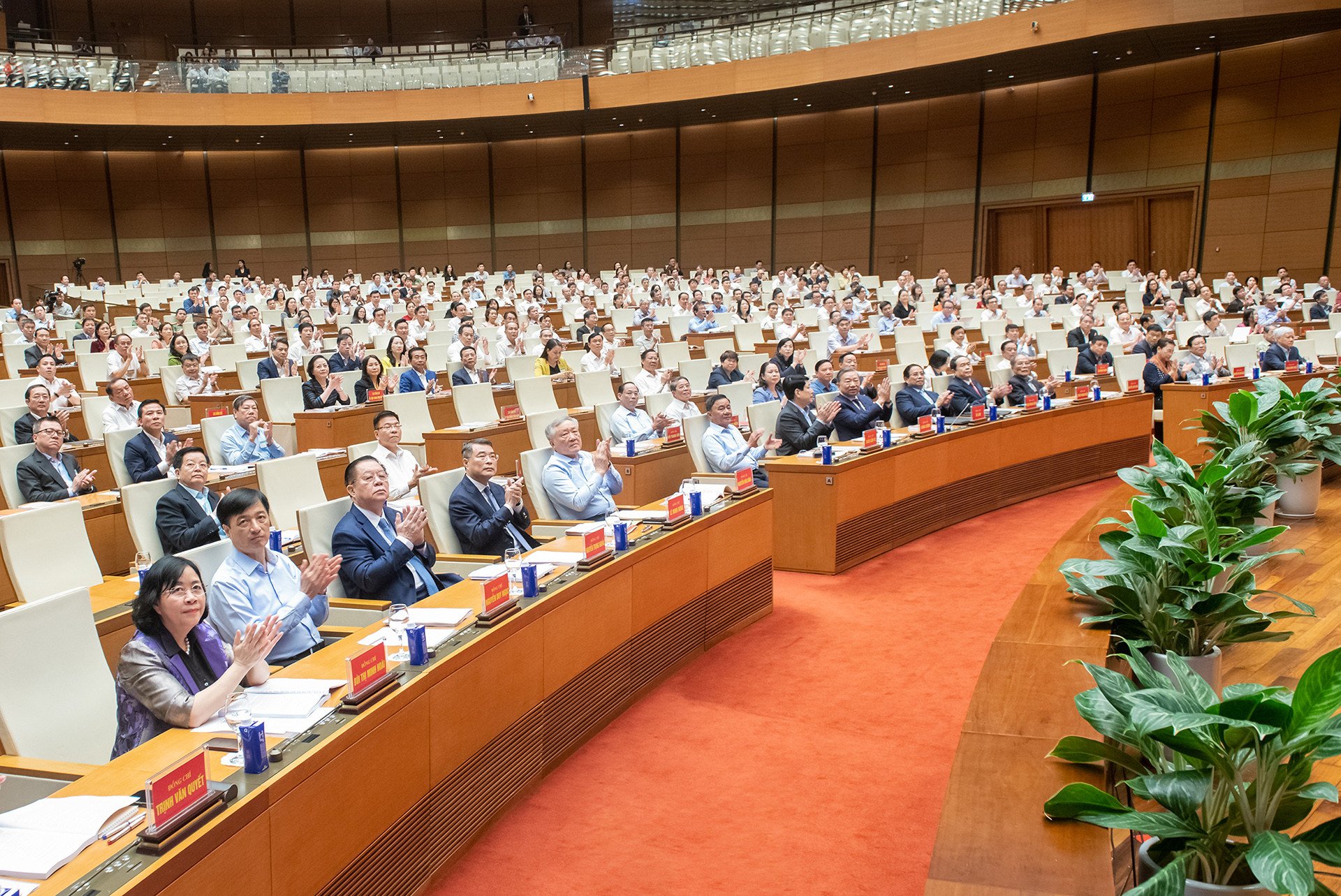
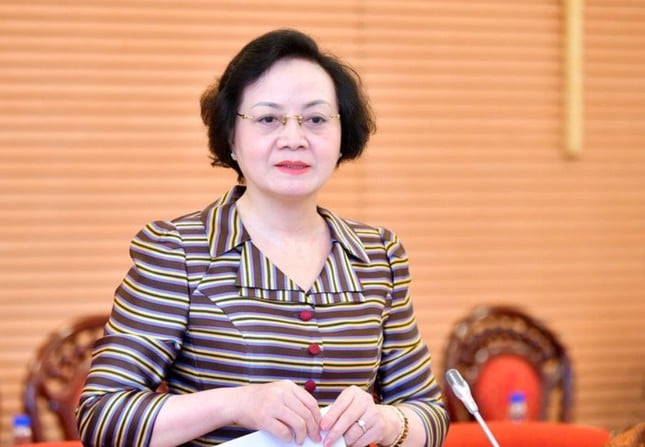

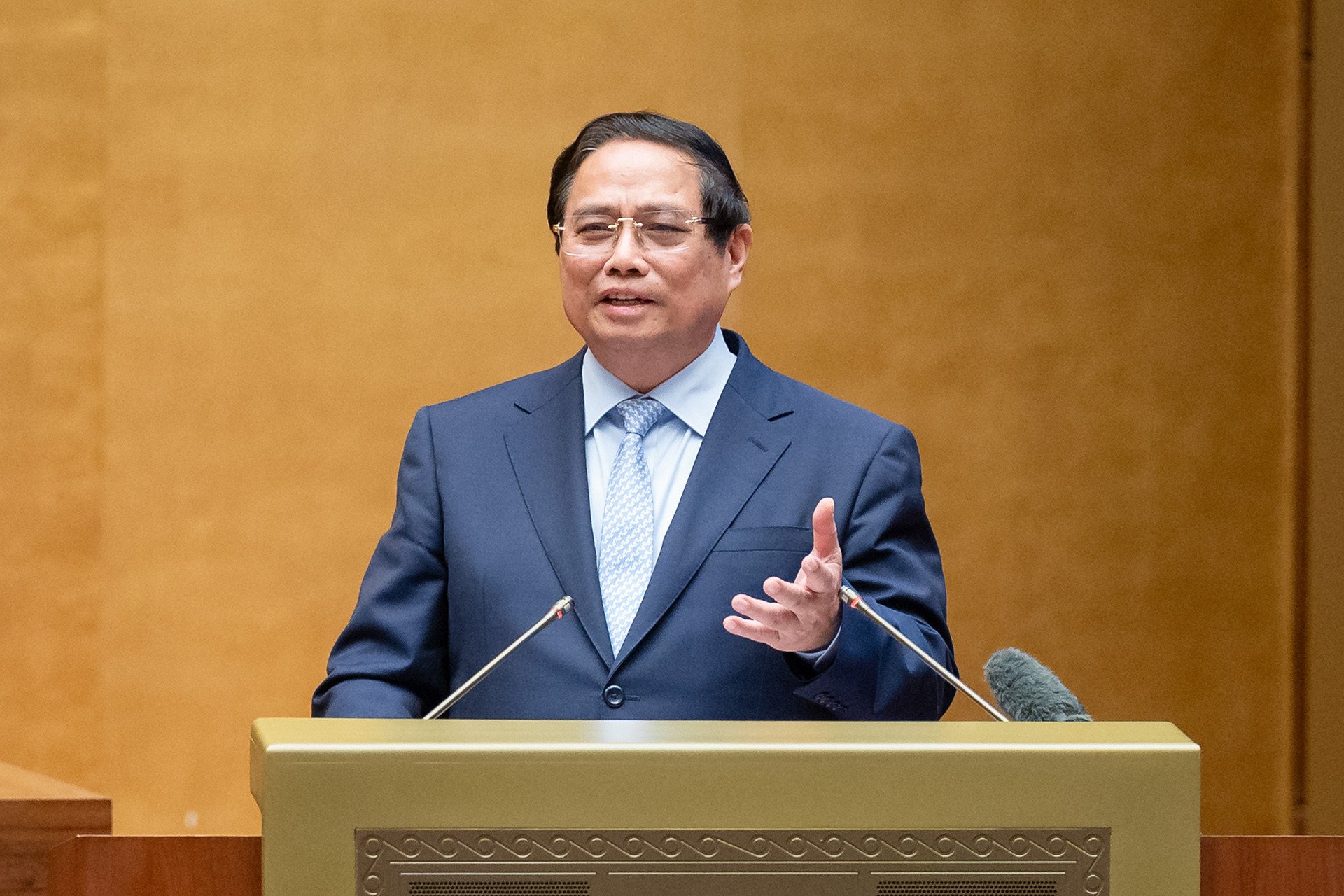
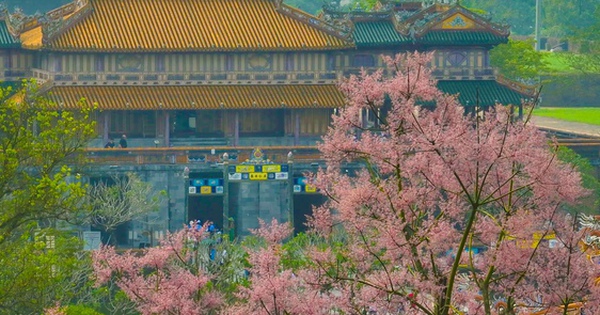


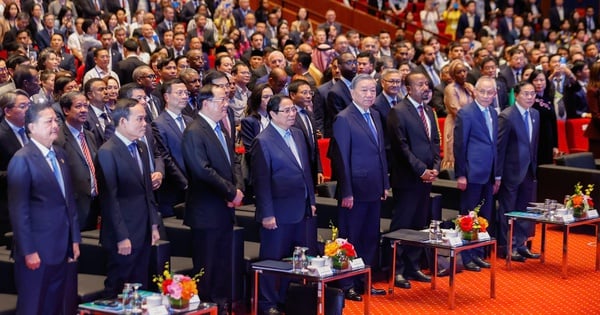




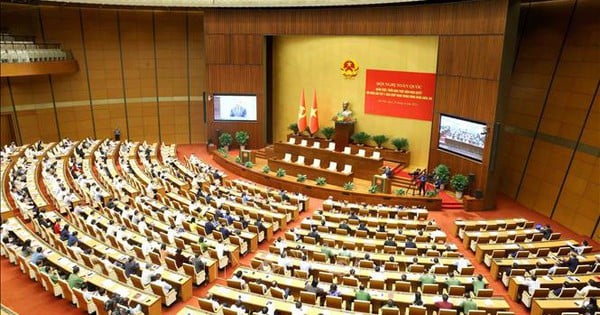
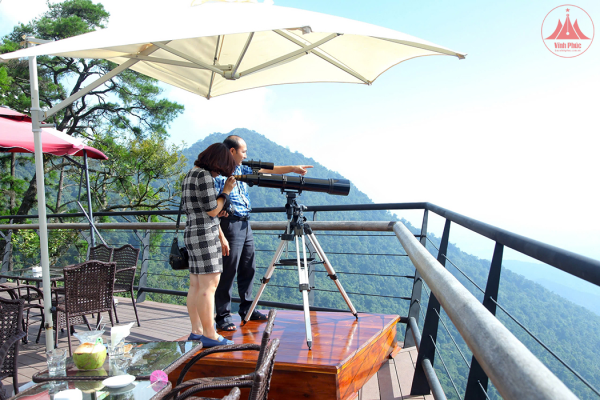
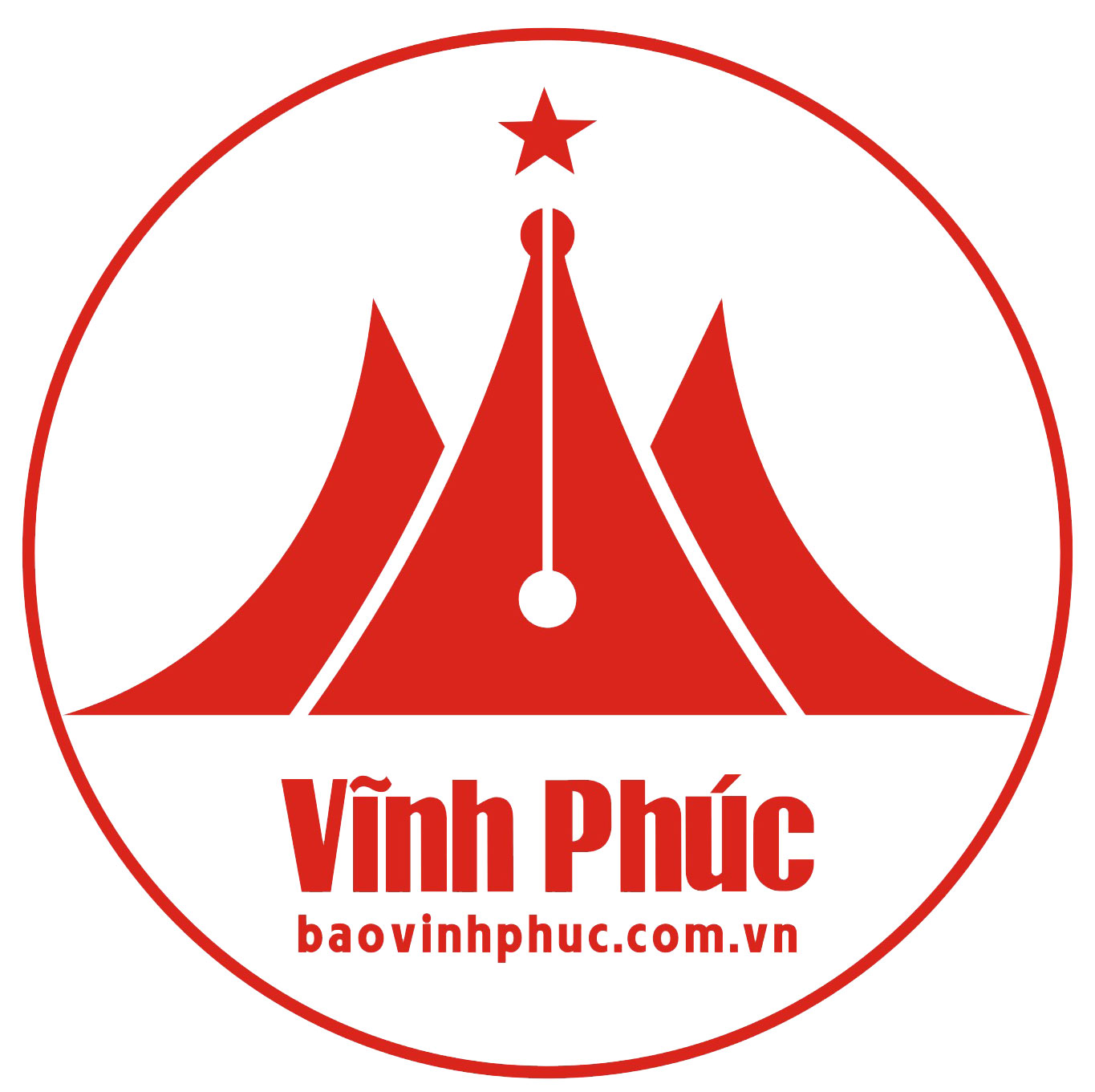
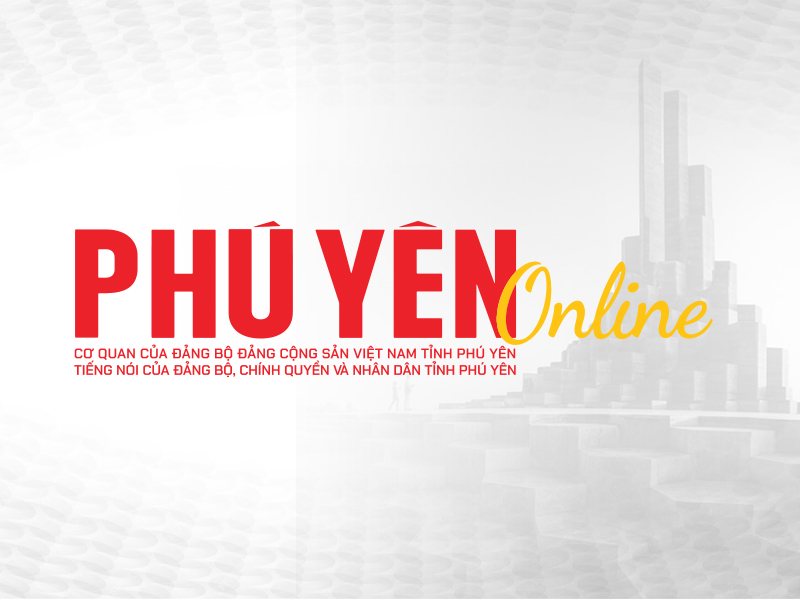

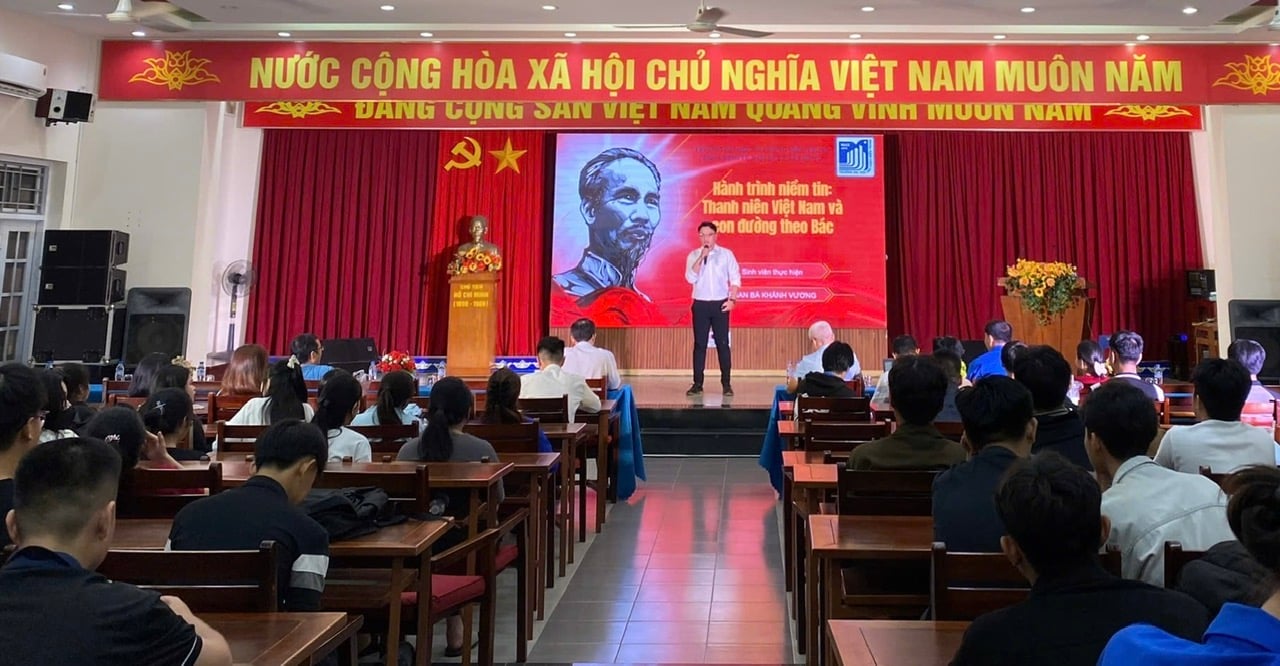
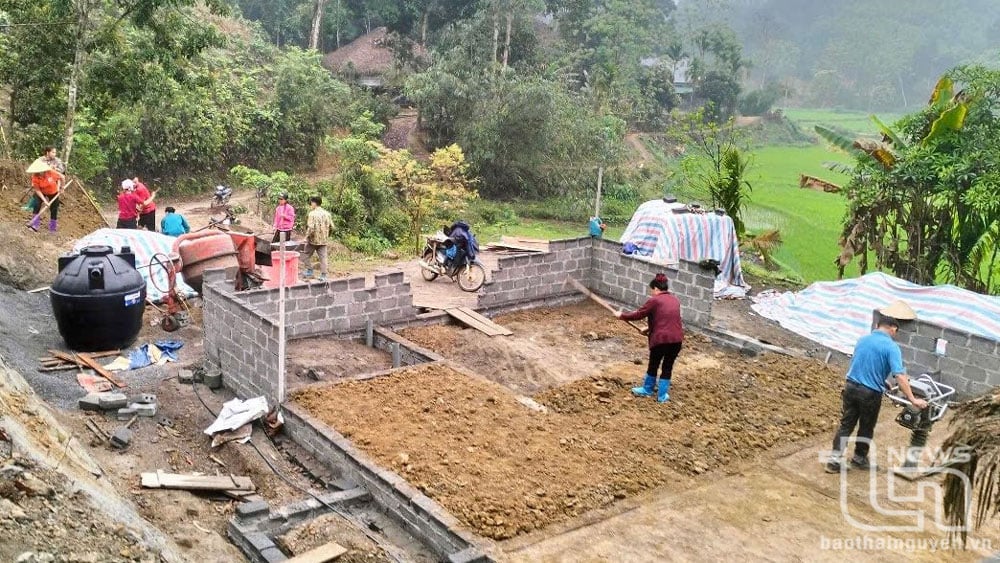

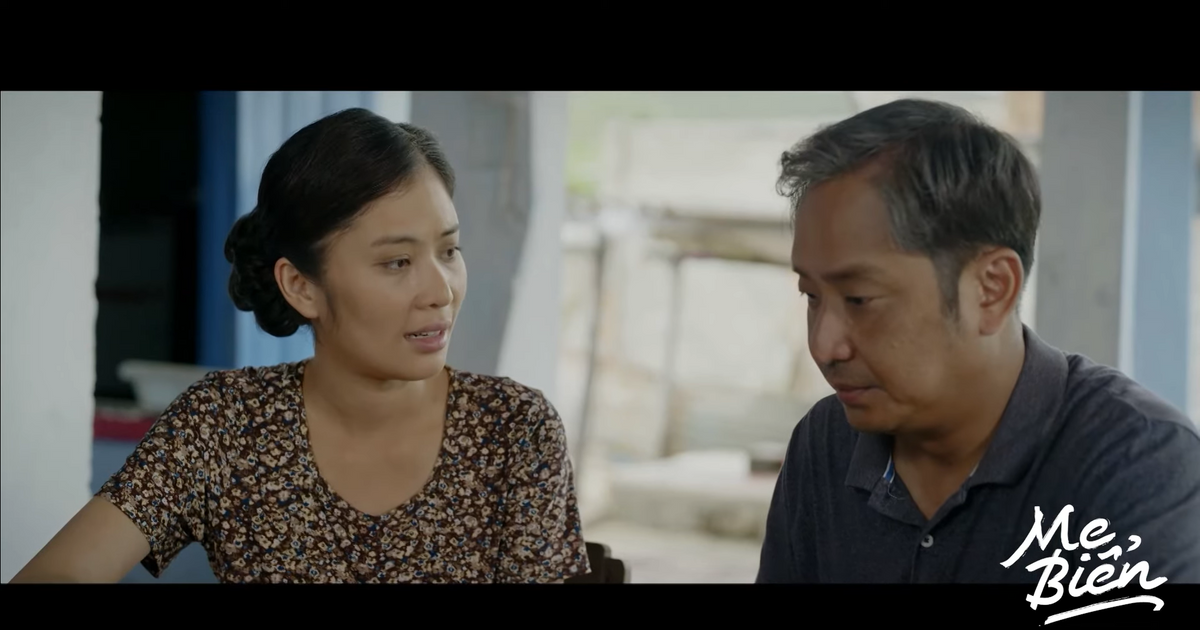

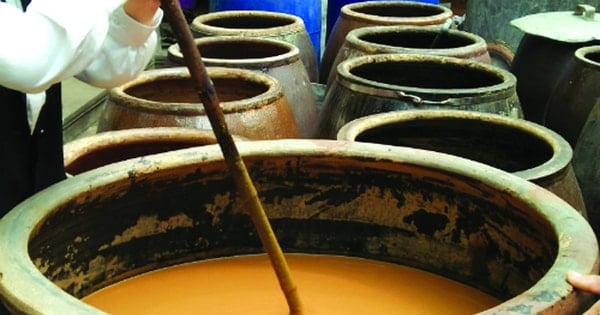

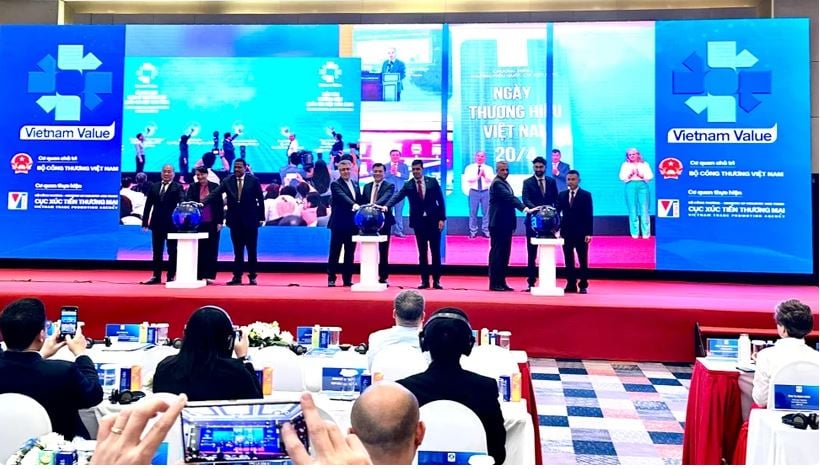


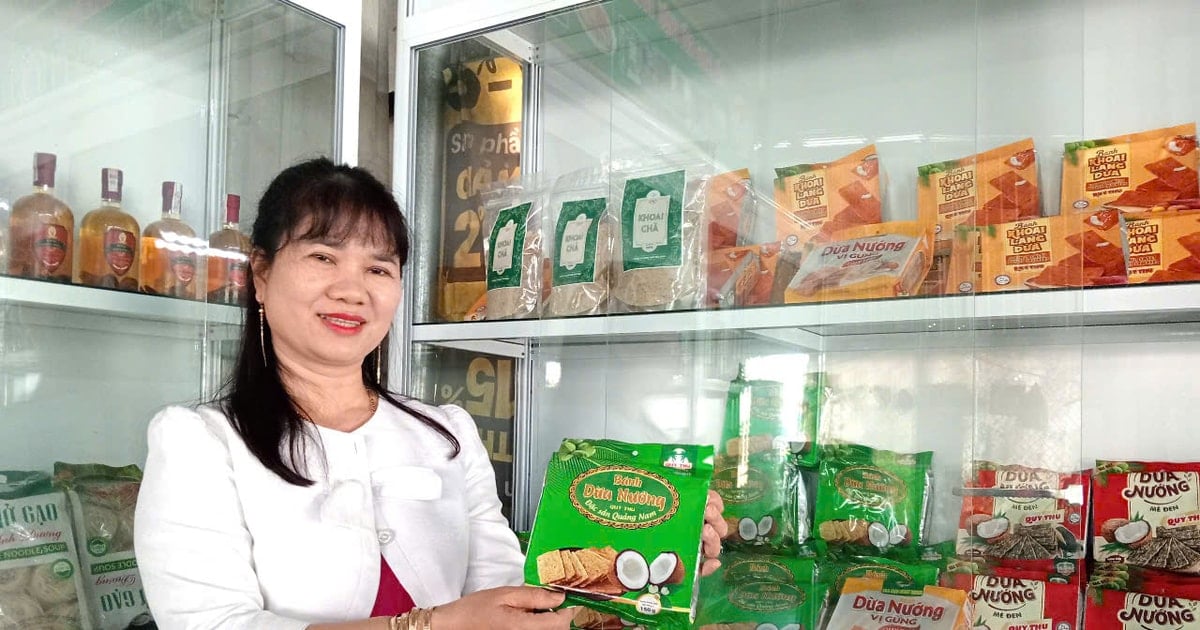


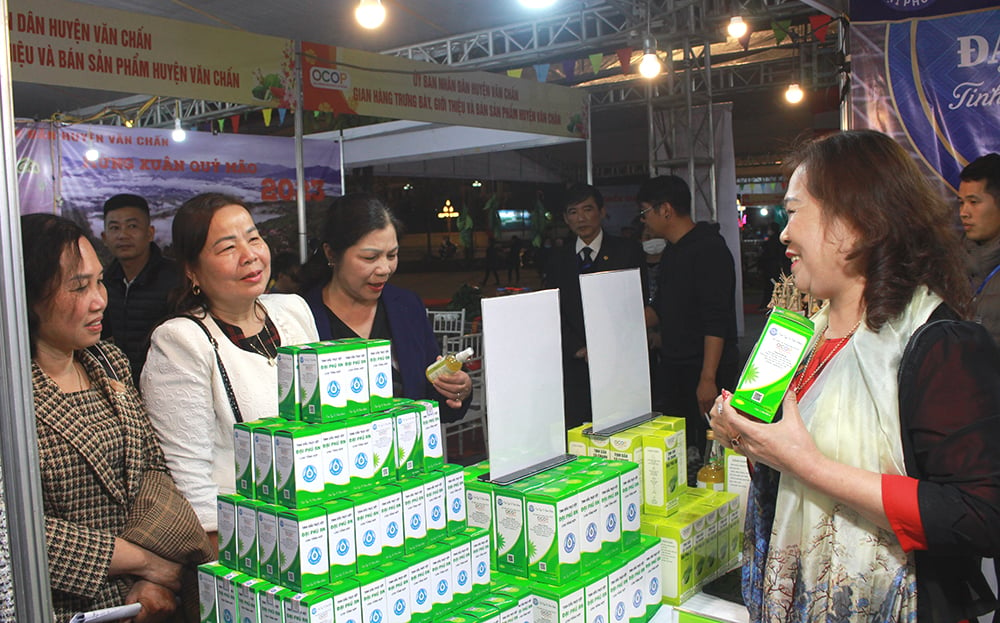
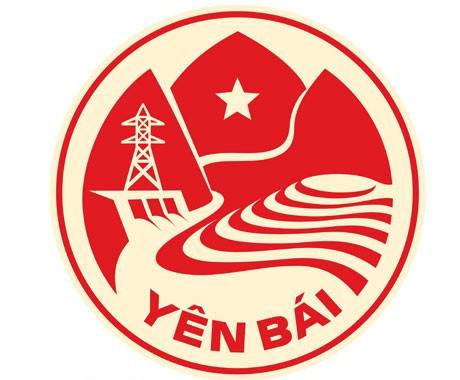
Comment (0)